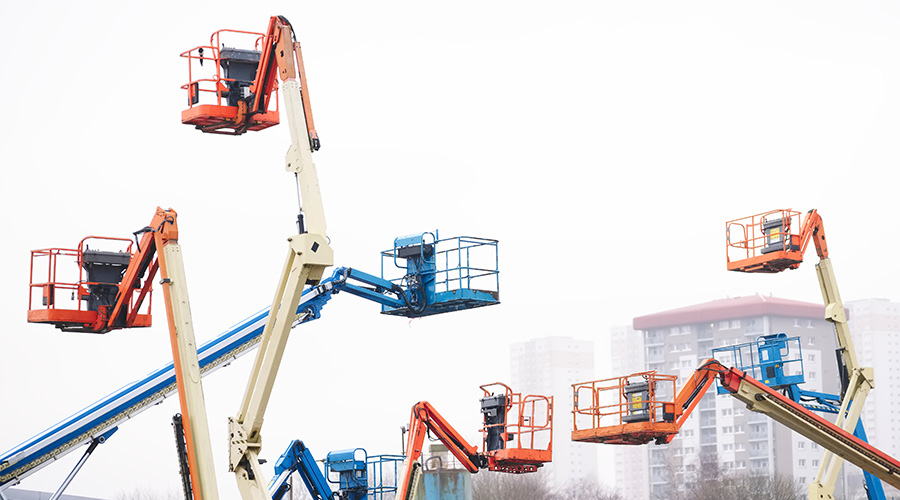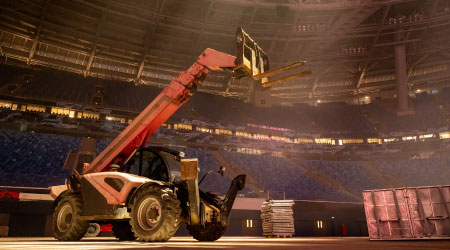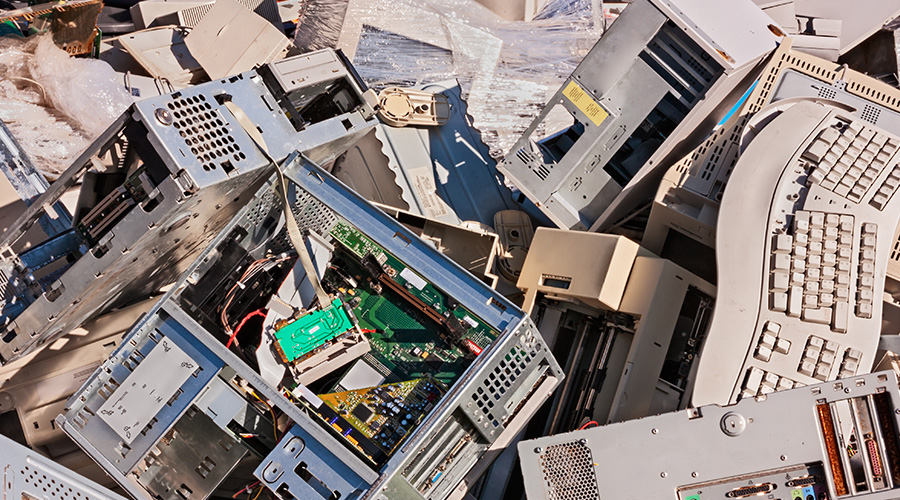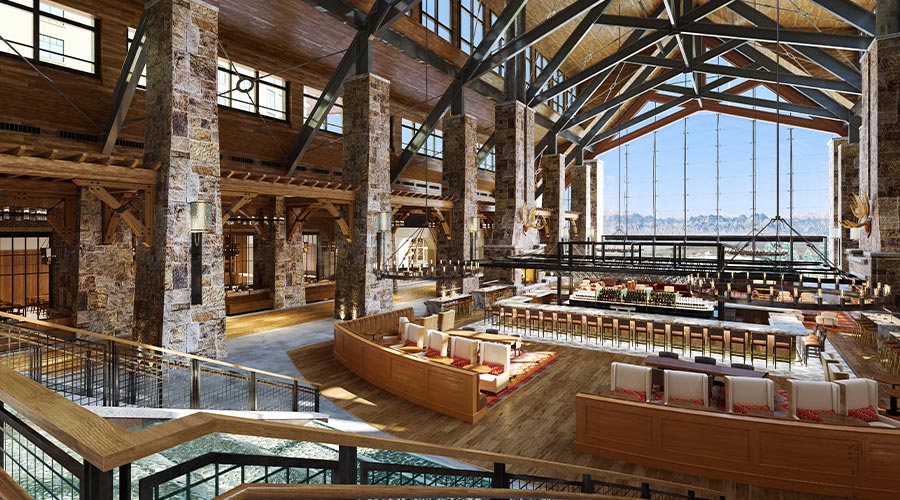Pre-Job Inspection Stage Important Before Operating Aerial Lifts
Work conditions vary by location, and they can change daily in the same location as a project progresses. For these reasons, the work area part of the pre-job inspection is important to ensure safety and eliminate potential safety risks. Managers need to identify and remove hazards or warn workers of their presence when removal is not possible. Among the hazardous workplace conditions that OSHA warns about include:
- the presence of other workers in close proximity to the aerial lift work area
- low overhead clearances, such as doors, structural steel, and trees
- debris and floor obstacles, such as openings, uncovered manholes, covers that will not support the weight of the equipment, trenches
- slopes, ditches, bumps and other irregularities in the work surface
- drop-offs or holes in the worksite
- overhead electrical wires and communication cables
- temporary electrical lines or hand lines strung across the work area
- hazardous locations and atmospheres, e.g. paint and volatile liquid storage and pressurized cylinders such as oxygen and acetylene
- high wind, ice and other severe weather conditions.
Since these factors are changing daily and even hourly, supervisory presence, vigilance and proactive steps are essential to protect workers and visitors to the site. In some circumstances, such as when moving large sections of structural steel or hazardous materials, supervisors might need to lock out the worksite to visitors until lift operators complete the activity and the site returns to a relatively safe condition.
Thomas A. Westerkamp is a maintenance and engineering management consultant and president of the work management division of Westerkamp Group LLC.
Related Topics:















